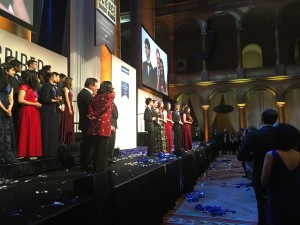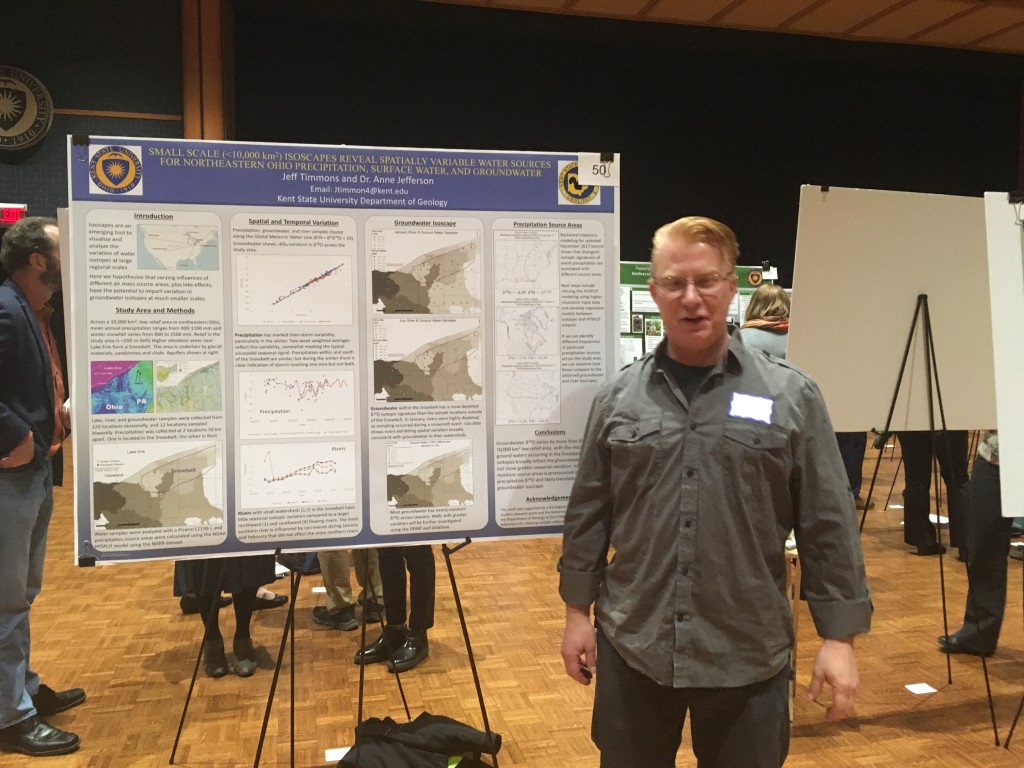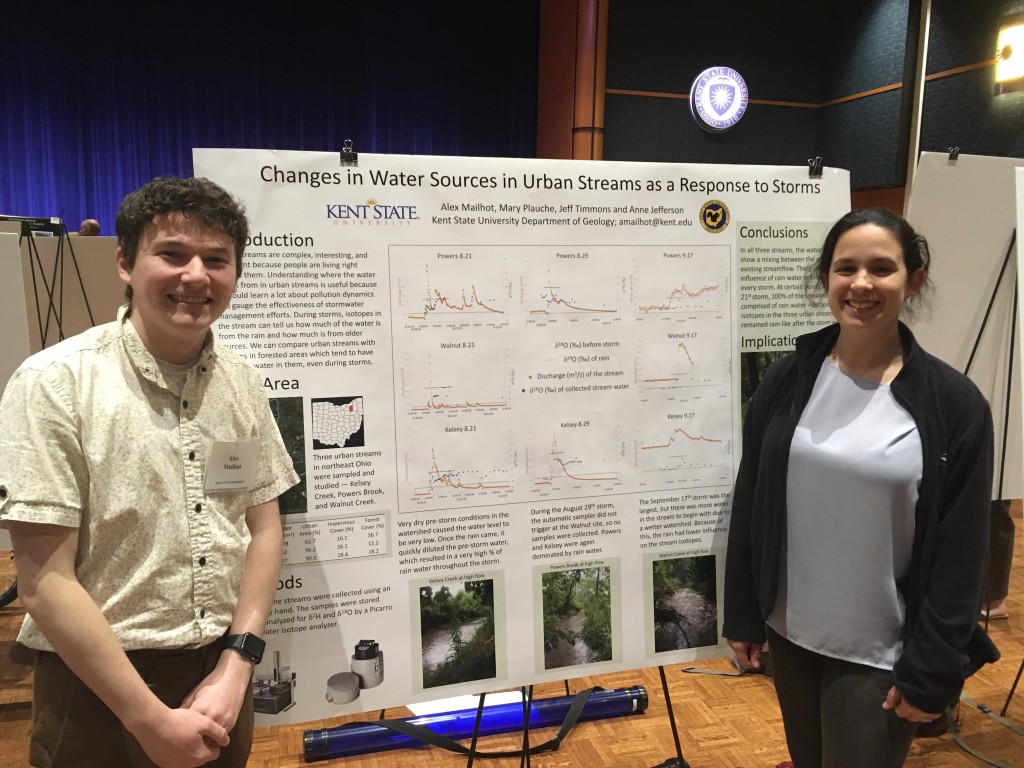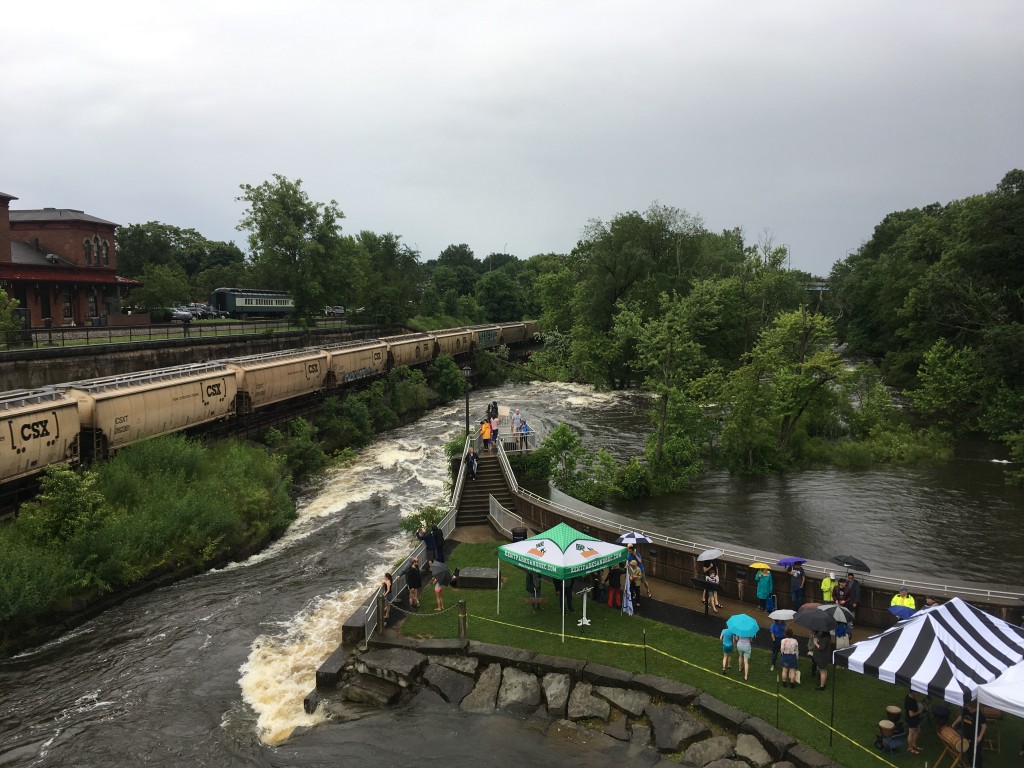Looking back on 2019 (part 1)
It’s been about a year since I’ve updated this blog, but it’s not that I didn’t have anything to say. Instead, members of the Watershed Hydrology lab were doing so many great things that I just didn’t do a good job of stopping to write them down here. But below, I look back on the first half of 2019. The second half, including my Colorado sabbatical, will have to be another installment.
January 2019
The longest ever shutdown of the federal government dominated the news cycle and my activities in January 2019. My research and teaching are inextricably tied with federal collaborators, datasets, and funding and access to public lands. I knew that federal scientists couldn’t say much about the impacts of the government shutdown on their science or their careers, so I decided to start speaking out. I launched the #ScienceShutdown hashtag on Twitter, people responded, one thing led to another, and before I knew it, I was doing interviews with national and international media. Everything culminated with being to asked a Worldview article for Nature on the effects of the shutdown. I talked about research data lost, teaching opportunities missed, and students dissuaded from federal careers. Shortly after the piece was published, the federal government reopened…and I learned about when a reporter called and asked for comment. I was thrilled to hear that federal colleagues and friends would be able to return to their jobs, but I worry about the future, and I’ve continued to advocate for science funding.

That’s me talking live on Euronews, sharing screen real estate with the guy who caused the shutdown.
We also had a paper come out! Rachel Scarlett, a PhD student at Purdue University, led the way on a paper in the Urban Water Journal, analyzing downstream changes in water quality as more managed stormwater inputs occur in a headwater urban stream. I think this is the last paper from my stormwater work in Charlotte (at least for now). Our NSF funding ended in 2015, but the data we collected had more stories to tell, and I’m happy to see this last piece of the puzzle filled in.
March 2019

The winner of the 2019 Science Talent Search is announced in a rather lavish ceremony. Somehow I ended up with front row seats.
March also saw an unexpected trip to my Minnesota hometown to take care of a family member post-surgery and gawk at the record-breaking snowfall on its way to melting (and producing floods) and Kent State’s annual Environmental Science and Design Symposium, featuring phenomenal speakers and a great student poster session.
April 2019
“If a tree falls in an urban stream, does it stick around?” is my first joke title on a paper, but it still makes me happy. This paper, published in Geomorphology, represents the outcomes of MS thesis work by Garrett Blauch and the first time that wood mobility has been measured in urban streams. We show that wood abundance decreases – and mobility increases – as urbanization gets more intense, meaning that trees that fall in urban streams don’t stick around long enough to have big geomorphic effects on the channel. We think that some of this might have to do with how wide and/or deep urban channels tend to become, which means that even large logs can be floated without becoming pinned in shallow areas or the floodplain. Where retaining walls and other revettment have been added to urban streams, there are even fewer places for wood to get trapped and remain stable. I’m hoping to do some follow up work on this project in the next few years, so stay tuned for more wood in urban streams +/- the bad jokes.
In early April, Krista Brown defended her MS thesis on groundwater flowpaths and water quality in former reservoirs (i.e., wetlands and channels formed after small dam removals). I was really proud of Krista for finishing up her thesis, as she has been working as a geologist with long stints at remote field sites for the past several years. Also in April, the graduate student portion of my watershed hydrology class had a field trip to Cuyahoga Valley National Park (CVNP) and several Cleveland Metroparks reservations, and I participated in a scoping workshop at CVNP on the potential for the Cuyahoga River to be designated as a Wild and Scenic River.Watershed Hydrology Lab undergraduate Alex Mailhot also presented his research at the Kent State University Undergraduate Research Symposium. Alex was a sophmore undergraduate anthropology major who learned about water isotopes and running the Picarro, thanks to excellent mentorship from grad students Mary Plauche and Jeff Timmons.
May 2019
May saw the end of spring semester, a Green Roofs for Healthy Cities symposium, and glorious weather for local field work and hikes. It also gave me the opportunity to bring some hands-on stormwater and green infrastructure demos to the Cleveland Museum of Natural Sciences as part of their Scientist Saturdays series. This day, and the demos I built as part of it, constitute one of the broader impacts of our NSF-funded STORMS project.
June 2019
In June, the lab celebrated our second defense of 2019. Mary Plauche defended her MS thesis on land cover and infrastructure influences on the spatial variability of water quality in urban headwater streams. Mary did an outstanding job on her thesis research, collecting biweekly water samples at 26 sites in three watersheds for chloride and nitrate analysis and linking those data to GIS-derived measures of infrastructure and land cover. She also used nitrate isotopes to fingerprint the sources of nitrate during baseflow and stormflow. Several papers will emerge from her work.
June was also extraordinarily wet and moderate flooding occurred along the Cuyahoga River for much of the month (resulting in an unprecedented number of rescues of novice kayakers out of their depths in serious whitewater in downtown Kent). The rain and flooding didn’t put a damper on the celebrations of the 50th anniversary of the last time the Cuyahoga River caught fire and the environmental recovery that has occurred since that time. One of the things I love best about living in northeast Ohio is how clearly and deeply people in this region feel the positive effects of environmental efforts and regulations. It gives me hope that we can continue to make progress, with efforts at grassroots, local, and regional levels trickling upward to the state and federal levels.





